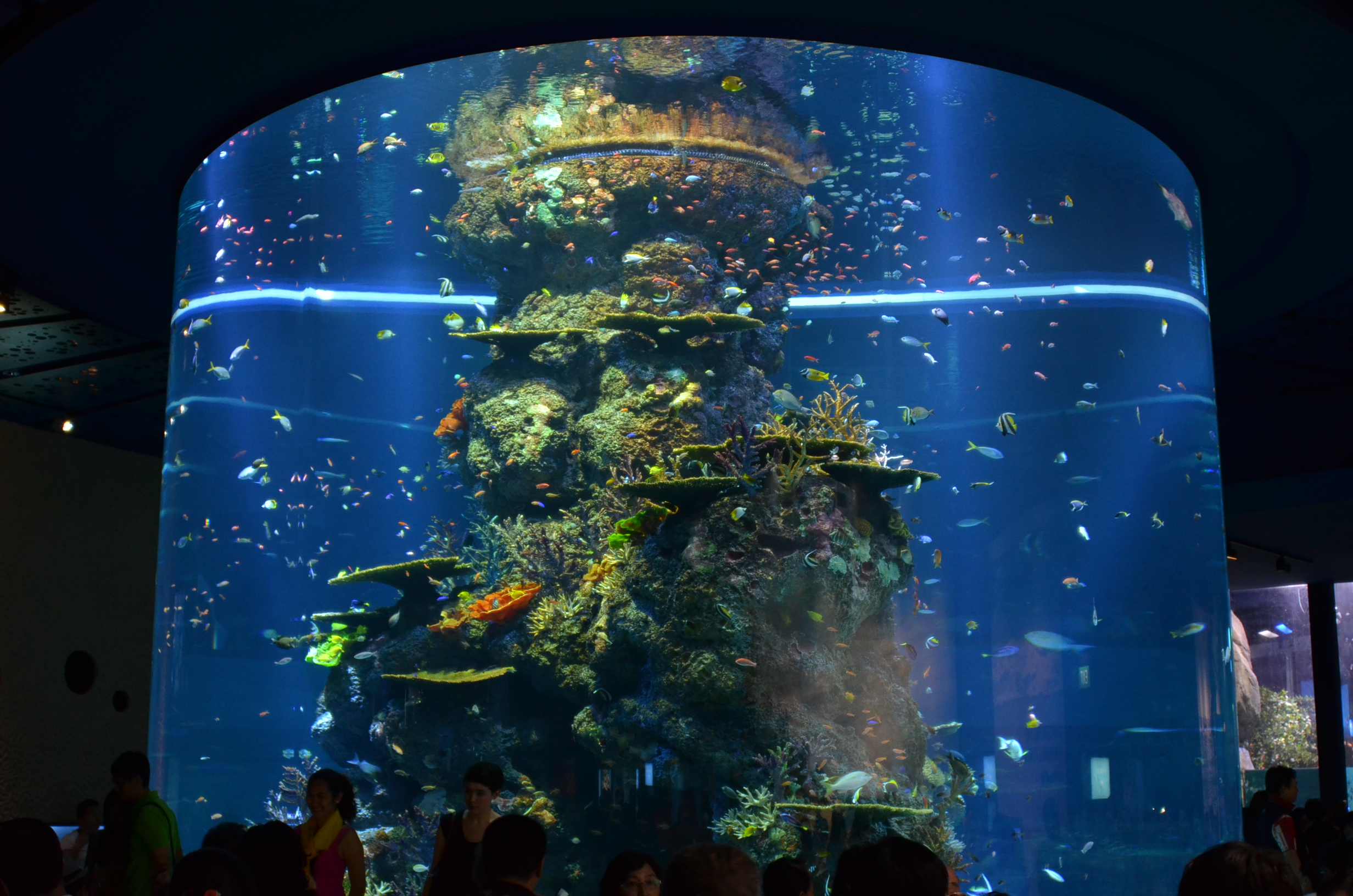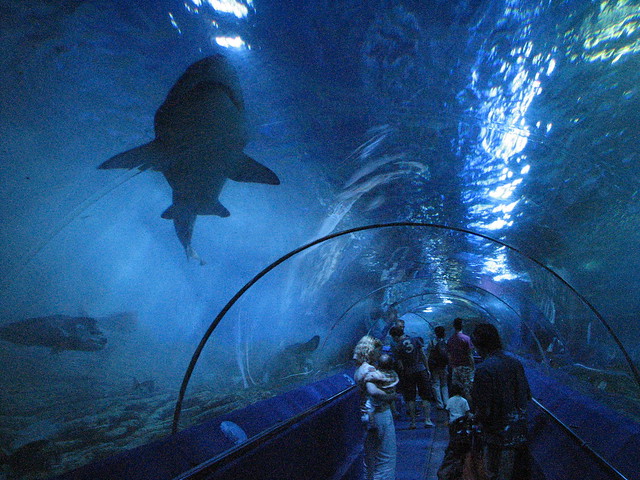Mechanical
aquarium filters all serve the same function, but they come in a variety of
different designs: inside box filter, inside power filter, outside power
filter, and canister filter. Each
type of filter has its own system for creating water flow, and each type has
its own advantages and disadvantages. All will work well depending on the
capacity of the filter, the size of the tank, and the amount of maintenance the
filter receives.
Nearly
all mechanical filters also have a compartment to hold activated granular
carbon, so that they act as efficient chemical filters as well.
To
avoid having the carbon become covered with solid matter, which would keep it
from adsorbing the chemical wastes, the water should pass through the
mechanical filtering material first. That way, the solid matter will be
removed from the water before it reaches the carbon.
The
inside box filter is the simplest and least expensive of all mechanical
filters. The filter is set up inside the aquarium itself, and it can be
relatively effective in smaller tanks.
Bubbles
from a tube or air stone inside the box draw water through it. The bubbles
rising to the surface from the box also help aerate the tank. The box itself is
filled with Dacron filter material and a quantity of granular activated carbon.
There
are a few drawbacks to the inside box filter. It is not very effective in large
aquariums. From a visual standpoint, it adds nothing to the appearance of the
tank, although it can sometimes be hidden successfully behind plants or a large
rock. Also, changing the filter material requires removing the unit from the
tank.


